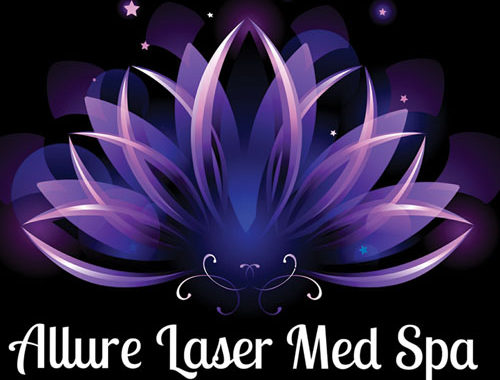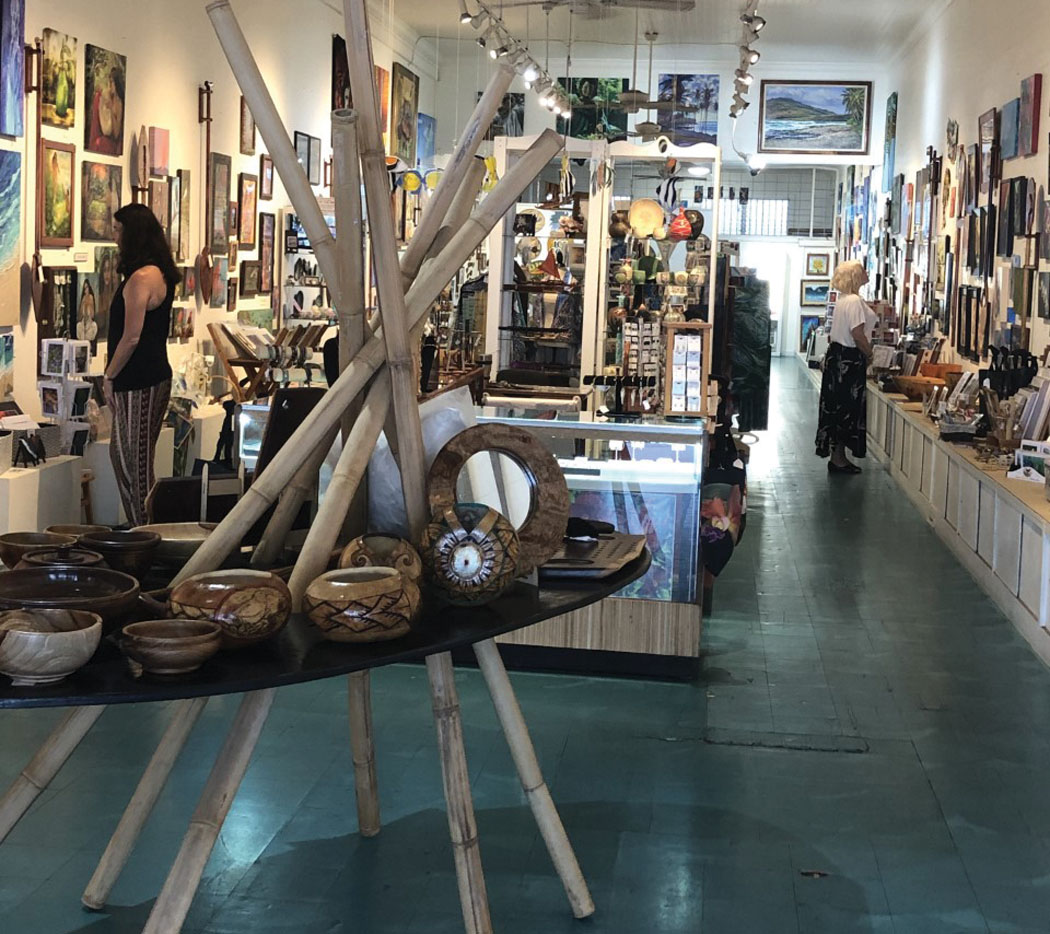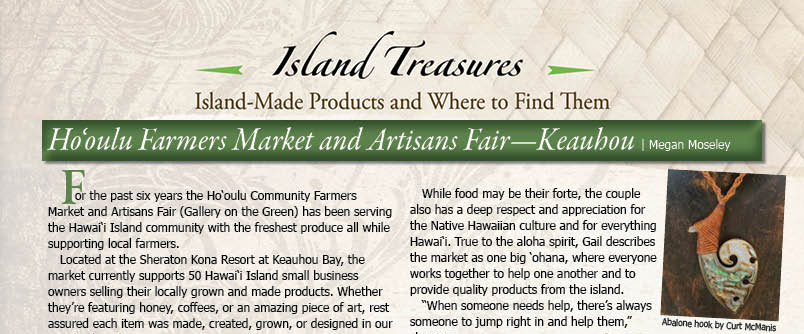Managing with Aloha: Ho’omau – Love the One You’re With
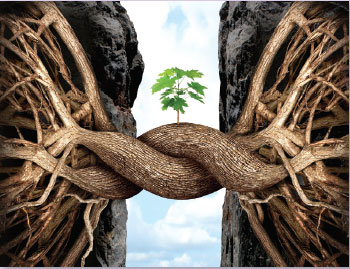 The song lyric, “Love the one you’re with” is superb Ho‘omau-driven advice quite applicable to business.
The song lyric, “Love the one you’re with” is superb Ho‘omau-driven advice quite applicable to business.
Its language of intention resonates. “Love the one you’re with” is better coaching than “practice continuous improvement.” It sounds more intriguing, and well worth one’s effort. Yet the two phrases are the same, both framing an essential business practice; necessary reiteration, the constant tweaking to get ever better at whatever it is we do.
“Love the one you’re with” is gripping because it begs the questions, “How so?” and “How personal do I get?” It entreats us to explore more options.
To love something in Hawai‘i, we give it our Aloha. In contrast, we tend to associate “practice continuous improvement” with the rework of “we need to do it all over again.” The potential for renewal escapes us. To work well, to Ho‘omau with our Ho‘ohana, we do need to fall in love with the work again, giving ourselves the permission and freedom to innovate as we remember, so we will keep at it, and tenaciously persist enough to reach renewal as our objective.
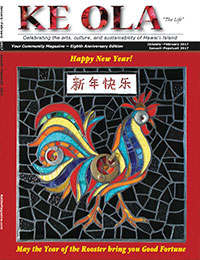
The principles of continuous improvement are sound: Iteration—improvements can be based on small changes, not major paradigm shifts or new inventions; Cost Effectiveness—Incremental improvements are typically inexpensive to implement; Inclusion—internally improving means rallying the talent and input of all staff; which leads to Engagement—people take ownership and are accountable for improvements they co-author and steer; Communication—continuous improvement calls for reflection, asking, “Is this working?” and demands feedback loops; Tracking—we target improvement which is measurable and potentially repeatable. Small wins add up.
When we recall these principles, continuous improvement starts to sound more compelling. We reinforce each principle with our sense of place when we then employ the kaona, the hidden meaning of Ho‘omau as renewal and continuity. We are reminded how essential “in our trenches” work is, in serving the overall health of a good business when we don’t neglect its baseline quality.
One of our associative Managing with Aloha value connotations, is that “values equip you,” for values drive human behavior so predictably and reliably. Ho‘omau is basically defined as the value of persistence and tenacity, yet we must elevate this definition to our value of renewal if business is to become our art. Employing Ho‘omau renewal becomes a strategy in sustainability.
We can be smarter about how we frame work, so it is thought of as art in human expression. Framing, the communications practice of putting a good spin on all the work we do, is a finely tuned skill of the Alaka‘i Manager; they have a penchant for making work more interesting, more meaningful, and therefore, more compelling to those who will actually have to do it. They describe best possible outcomes as the fruit of worthwhile work (which we have learned to frame as Ho‘ohana). Alaka‘i Managers specialize in creating positive expectancy.
Many times, this amounts to giving people permission, access, and the freedom to innovate. We talked about this last issue, in regard to the spirit of seeking ‘Imi ola and supporting reinventors. Creating positive expectancy for tenacious, persistent effort, is how Alaka‘i Managers state the job at hand, so they frame it in a more compelling way, similar to saying “love the one you’re with.” All routine work to be performed can probably be executed better or in a refreshing manner, with a stripping away of the obstacles which deter innovative thinking.
Those obstacles take assorted shapes and forms. Old habits which refuse to die, because we have not worked to replace them. Job descriptions which have not been updated for years, and box people in. A mission statement which wasn’t rewritten when our vision changed. A reasoning which once made sense and no longer does, yet no one has thought to question it. Slogs and obstacles are targets Alaka‘i Managers set their Ho‘omau sights on. They are ‘the ones we’re with’ in the workings of business, and if we allow them to stick around we have to learn to love them again, or change them.
Apply the Ho‘omau thinking of renewal to whatever ‘standard operating procedures’ you can describe with an Aloha-loving language of intention: Describe them as the tools of your craft, and as the paintbrushes of your particular business art. Remember why you felt a passion for whatever it is you do in business. You have to feel it, if your partners are to share that passion, and if your customers are to reap its rewards and consider you their best source. As any savvy business person knows, the most profitable commodities bring customers back to you for some kind of refreshing renewal.
Do this for you, and you do it for them. Be coached by Ho‘omau, and love the ones you’re with.
Next issue: We revisit Kūlia i ka nu‘u, the value of excellence and achievement.
Contact writer Rosa Say: RosaSay.com or ManagingWithAloha.com
